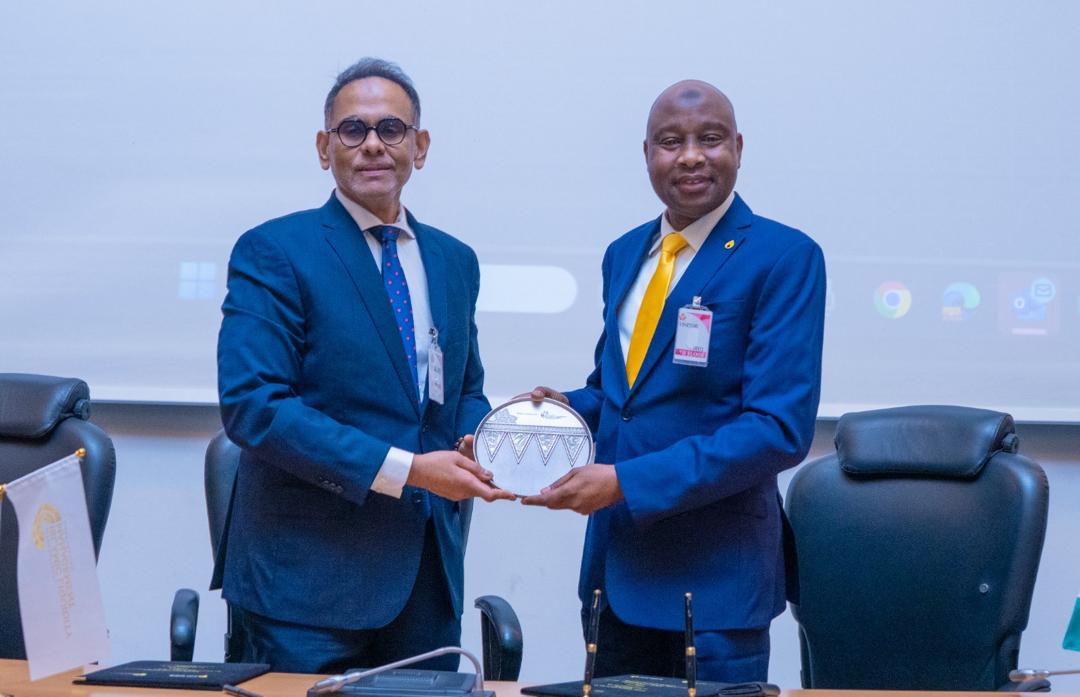Despite the widely held belief that old-style feature phones are losing ground to smartphones across Africa, new data indicate that feature phones actually gained market share in 2017.
According to IDC, the market share of feature phones rose from 55.4 percent in 2016 to 61 percent in 2017, while conversely, the market share of smartphones fell from 44.6 percent to 39 percent over the same period.
It said the availability of cheap and increasingly powerful feature phones is helping to boost the rate of mobile phone adoption and access to Internet services across the continent.
GSMA specifically forecasts that mobile broadband connections will grow by 60 percent between 2016 and 2020, driving up mobile data traffic by 66 percent over the same period.
However, the prohibitively high cost of data is a key constraint to the growth of mobile data usage.
For example, in the DRC the average price of downloading 1GB of mobile data is $13, the equivalent of one week’s earnings. Moreover, 4G (which is required to access the services of the next generation of smartphones) is expensive to build and is restricted to Africa’s major urban areas, effectively excluding the majority of the population.
However, analysts say the data can be misleading as differences between feature and smartphones are being eroded by technological advances.
Read also: 4G/5G to support bulk of global connections by 2025- report
“Five years ago most feature phones were basic, with text-based services and limited (or no) access to the Internet. Today’s feature phones on sale across Africa may be limited in terms of features and processing power when compared to high-end smartphones, but they can usually access the Internet (3G) and most can run basic applications such as Facebook and WhatsApp,” according to analysts at Ecobank Research
The analysts said increasingly the difference between so-called feature phones and smartphones is only at the price point, adding that entry-level feature phones sell for as little as $30 across Africa, rising steadily in line with processing capacity, features, and screen size until the phone is recognisably a smartphone.
Given the blurred lines between feature and smartphones, the latest data from IDC indicate that more and more African consumers are joining the mobile phone market at the entry level.
As the technological capacity of feature phones improves and the price point for advanced features falls in tandem, African consumers are getting more bang for their buck. And for most first-time users the specs on a feature phone are more than sufficient for their needs. This has helped boost the dominance of Chinese handsets across Africa. Chinese handset manufacturer Transmission, which is headquartered in Shenzhen, has cornered the African market with two of its brands: Tecno and itel. Together they have become Africa’s most popular brands of the feature phone, with a combined market share larger than the former smartphone market-leader, Samsung.
Another reason for the dominance of feature phones is that smartphones are less attractive to first-time users who are unable to use most of the smartphone’s superior features.
“Given the sharp growth in ownership of feature phones (which are, in effect, basic smartphones), there is an ongoing need to provide digital services that can interface with basic mobile devices. Data-heavy and complex Apps designed for powerful smartphones are not what most African consumers want or need at the moment. Instead, developers need to create versions of Apps that are lean (not requiring large data download or taking up scarce memory on the handset) and are able to operate using 2G (encrypted text) as well as 3G (Internet),” the Ecobank analysts noted.








